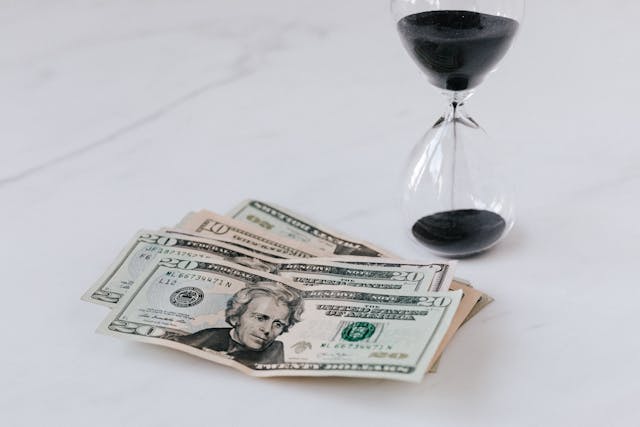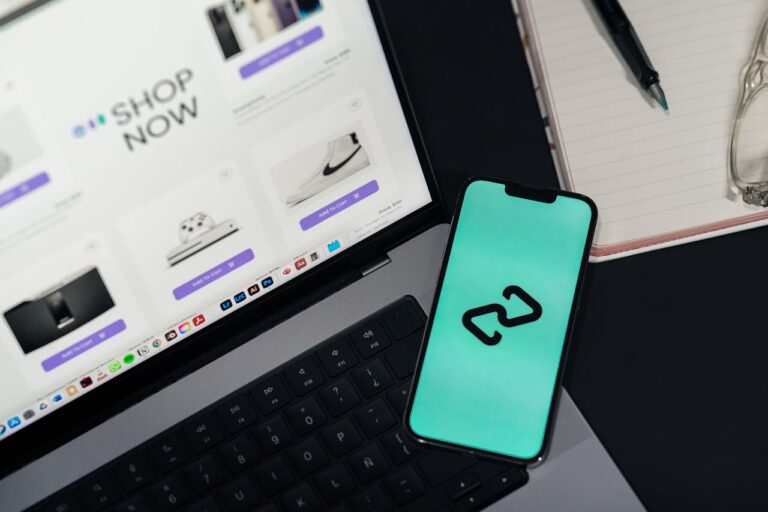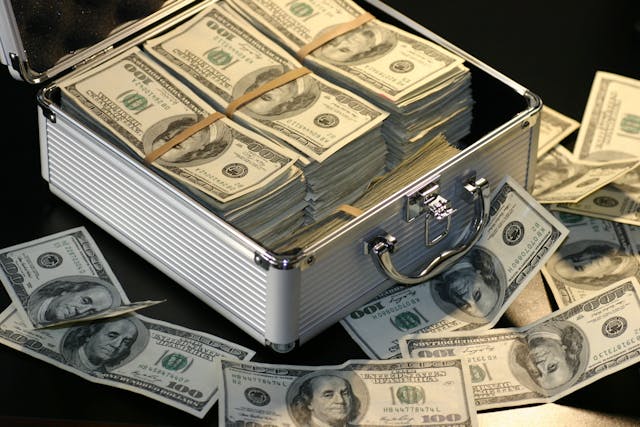Write Us: hello@ali5.org
What to Do With Your First $1,000 to Start Building Freedom
Got your first $1,000? Learn how to use it wisely to build financial freedom with simple, actionable steps that create long-term impact.

If you’ve managed to save your first $1,000, you’re already ahead of the curve. Most people never even get there. But now comes the bigger question: what should you actually do with it?
Blowing it on something fun is tempting. Letting it sit in your checking account feels safe. But neither of those moves brings you closer to freedom.
If you use this money intentionally, it can become the first real step toward building financial independence, and not in some distant, unrealistic future. We’re talking about starting right now.
Let’s break it down.
Why Your First $1,000 Matters So Much
Here’s the truth: $1,000 won’t change your life overnight. But what you do with it absolutely can.
This isn’t about getting rich quickly. It’s about using money in a way that gives you more options, more control, and less anxiety. That’s what real financial freedom is.
Your first $1,000 is like your first workout at the gym. It doesn’t build the muscle, but it proves to yourself that you’ve started. That shift in mindset is everything.
1. Start With an Emergency Fund
Why:
If you don’t have at least $500–$1,000 saved for emergencies, this is your starting point. It’s not exciting, but it’s essential. Without a safety net, you’re one unexpected expense away from going backwards.
What to do:
-
Open a high-yield savings account, not your regular checking account.
-
Keep it separate and hard to access.
-
This money isn’t for rent, vacations, or gifts. It’s for true emergencies only (car repair, medical bill, surprise layoff).
This gives you breathing room. And that’s the first step toward freedom.
2. Pay Off High-Interest Debt (If You Have Any)
If you’ve got credit card debt or payday loans, your $1,000 will do more work paying that off than investing it anywhere else.
Why:
Paying off a 20% APR is like earning a 20% return, risk-free.
How to do it:
-
Make a list of all your debts and interest rates.
-
Target the highest interest one first (this is called the avalanche method).
-
Use your $1,000 to knock it down aggressively.
Debt is a chain. Cut it off early.
3. Begin Investing, Even a Little Bit
Let’s say you’ve handled your emergency fund and debt. Now it’s time to put your money to work.
Best option for beginners:
Index Funds or ETFs. These track the market with minimal risk and almost zero effort.
What you need:
-
A brokerage account (Fidelity, Vanguard, Charles Schwab, Robinhood, or any trusted platform in your country)
-
Look for a low-cost S&P 500 index fund (like VOO, SPY, or FXAIX)
-
Set it and forget it. Let time and compound interest do the heavy lifting.
Even $100 invested consistently matters more than waiting to have “enough.”
4. Open or Contribute to a Retirement Account
Retirement might feel like it’s decades away, but starting early gives you a massive edge.
Options:
-
Roth IRA / Traditional IRA (U.S.)
-
Tax-free savings accounts or pension schemes (varies by country)
-
Employer-sponsored plans (like a 401(k)), especially if there’s a match. That’s free money.
If you don’t have a retirement account yet, use $100–$500 of your $1,000 to open one. Even small contributions now can grow into serious money later.
5. Invest in Skills That Pay You Back
Want to multiply your money? Invest in something that increases your earning power.
Here’s the logic: if a $150 course helps you earn $500 a month freelancing, that’s not an expense, it’s a launchpad.
Smart ideas:
-
Learn copywriting, graphic design, or digital marketing
-
Take a coding bootcamp or web development intro
-
Master Excel, data entry, or a virtual assistant skill
-
Read a book that teaches financial literacy or negotiation
Choose skills that are in demand. Then start using them. Education is only power when it’s applied.
6. Use a Piece of It to Start a Side Hustle
You don’t need a full business plan or $10,000 in capital. A small, focused idea + $200–$500 can be the spark.
Examples:
-
Sell handmade products or digital downloads
-
Offer freelance services (writing, admin, design)
-
Flip items online (thrift store finds, garage sale gems)
-
Start a blog, newsletter, or YouTube channel
You don’t have to build a six-figure brand. The point is to create income that isn’t tied to a 9–5. That’s freedom.
7. Set Up Simple Financial Systems
This part is boring, but it’s magic.
Use your $1,000 to create systems that keep you moving forward even when you’re not paying attention.
Set up:
-
Automatic transfers to savings or investment accounts
-
A simple budget that tracks where your money actually goes
-
Free apps like Mint, YNAB, or Monarch can help get visibility
-
Calendar reminders for bills, renewals, and subscriptions
Small systems prevent big problems. And they reduce decision fatigue. That’s freedom, too.
Avoid the Trap: Don’t Try to Look Rich
This is where most people get stuck.
You finally have a bit of money, so you treat yourself. A new phone. A shopping spree. A “deserved” trip. You feel good for a minute.
But here’s the truth: nobody who actually has financial freedom feels the need to prove it.
The ones who get rich slowly and steady are the quiet ones. They’re buying index funds and rolling compound interest while everyone else is flexing on Instagram.
Don’t spend your freedom just to look successful. Build it.
Final Thoughts
Your first $1,000 isn’t just money, it’s momentum.
Used wisely, it becomes a foundation for everything else that follows: peace of mind, independence, choices, and freedom. You’re not trying to do everything at once. You’re making small, high-impact moves that compound over time.
Start by securing your basics (emergency fund, debt). Then move into growth (investing, skills). Automate what you can, and resist the urge to spend it all on short-term dopamine.
Freedom doesn’t show up all at once. It builds quietly. And it starts with what you do right now.







